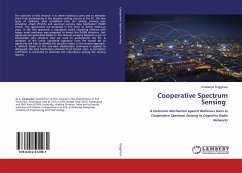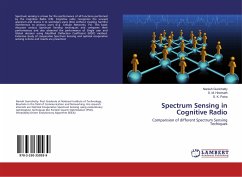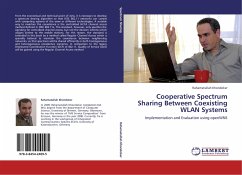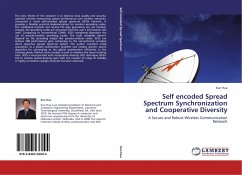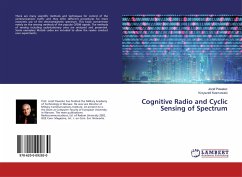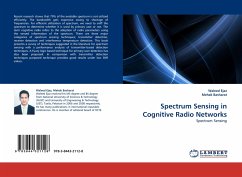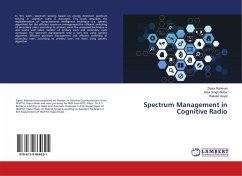The objective of this research is to detect malicious users and to eliminate them from participating in the decision making process at the FC. The two types of malicious users considered here are namely, primary user emulation attack (PrUEA) and spectrum sensing data falsification (SSDF) attack. Two approaches are proposed in this work to detect malicious users. In the first approach, a reputation based clustering method with helper node assistance was proposed to detect the PrUEA attackers. Link signatures are generated based on the channel property between a pair of transmitters and receivers that are used to authenticate the PU. A deviation of the newly calculated signature from the stored set of signatures will help to identify the attacker nodes. In the second approach, a method based on the one-class classification technique is applied to distinguish the data falsification attackers from honest users. A correlation coefficient is computed to eliminate the redundancy among the sensing reports.
Bitte wählen Sie Ihr Anliegen aus.
Rechnungen
Retourenschein anfordern
Bestellstatus
Storno

